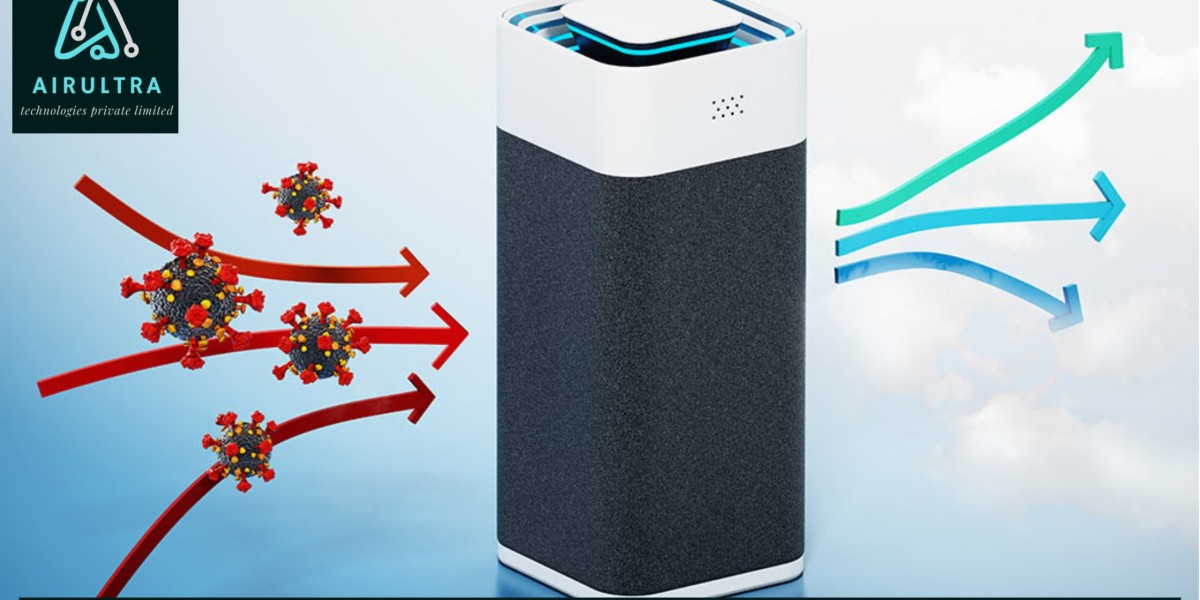A classic Ayurvedic therapy, panchakarma comes from the Sanskrit words pancha, which means five, and karma, which means action. Its goal is to cleanse and renew the body, mind, and spirit. It has been used for thousands of years and has roots in traditional Indian medicine. In Ayurveda, the three doshas—Pitta, Kapha, and Vata—are thought to be the basic forces in charge of preserving health and wellbeing. This is where Panchakarma's importance resides. Ayurvedic panchakarma therapy
The removal of accumulated poisons (ama) from the body and the restoration of optimal health are the central ideas of Panchakarma. Rather than only treating symptoms, this therapy aims to address the underlying cause of the condition.
The 5 Steps of Panchakarma
Step 1: Purva Karma (Preparation Phase)
It is important to get the body ready for Panchakarma before going through the detoxification process. A number of preparation techniques, including oleation and sweating therapy, are used during this time. Oleation is the process of lubricating the body and releasing toxins by applying medicinal oils both internally and externally. Sweating therapies, such steam rooms or herbal remedies that induce perspiration, aid in clearing the pathways of excretion.
Step 2: Vamana(Therapeutic Emesis)
The second stage of Panchakarma, Vamana, is concentrated on getting rid of excess Kapha dosha. Herbs that cause vomiting are administered as part of this therapy. The patient goes through a pre-treatment programme to get the body ready for the therapeutic emesis before having Vamana. Vamana aids in clearing the lymphatic system, gastrointestinal tract, and upper respiratory tract of built-up mucus and pollutants.
Step 3: Virechana (Therapeutic Purgation)
The goal of vivechana therapy is to rid the body of toxins and excess Pitta dosha. Purgative drugs are used in this step in order to stimulate bowel motions and clear the digestive system. Internal and external oleation are pre-treatment techniques that are followed by a special diet to get the body ready for purgation. Virechana supports a healthy digestive system and aids in the detoxification of the intestines, liver, and gallbladder.
Step 4: basti (Medicated enema)
An enema, or basti, is a crucial component of Panchakarma treatment. Its main goal is to balance the nerve system-related Vata dosha. To nourish and clean the colon, medicated herbal pastes, decoctions, or oils are injected through the rectum. Basti boosts immunity, facilitates better digestion, and eases constipation.
Step 5: Nasya (Nasal Administration)
Herbal formulations or oils are administered through the nasal passages as part of nasya treatment. By clearing the sinuses, nasal passages, and head area, this process helps to remove pollutants and enhance general wellbeing. Nasya is especially helpful for headaches, allergies, and respiratory ailments.
Visit Vyuma Ayurveda Kasargod, Kerala, if you'd want to learn more about Panchakarma treatment or experience its ultimate health advantages.







